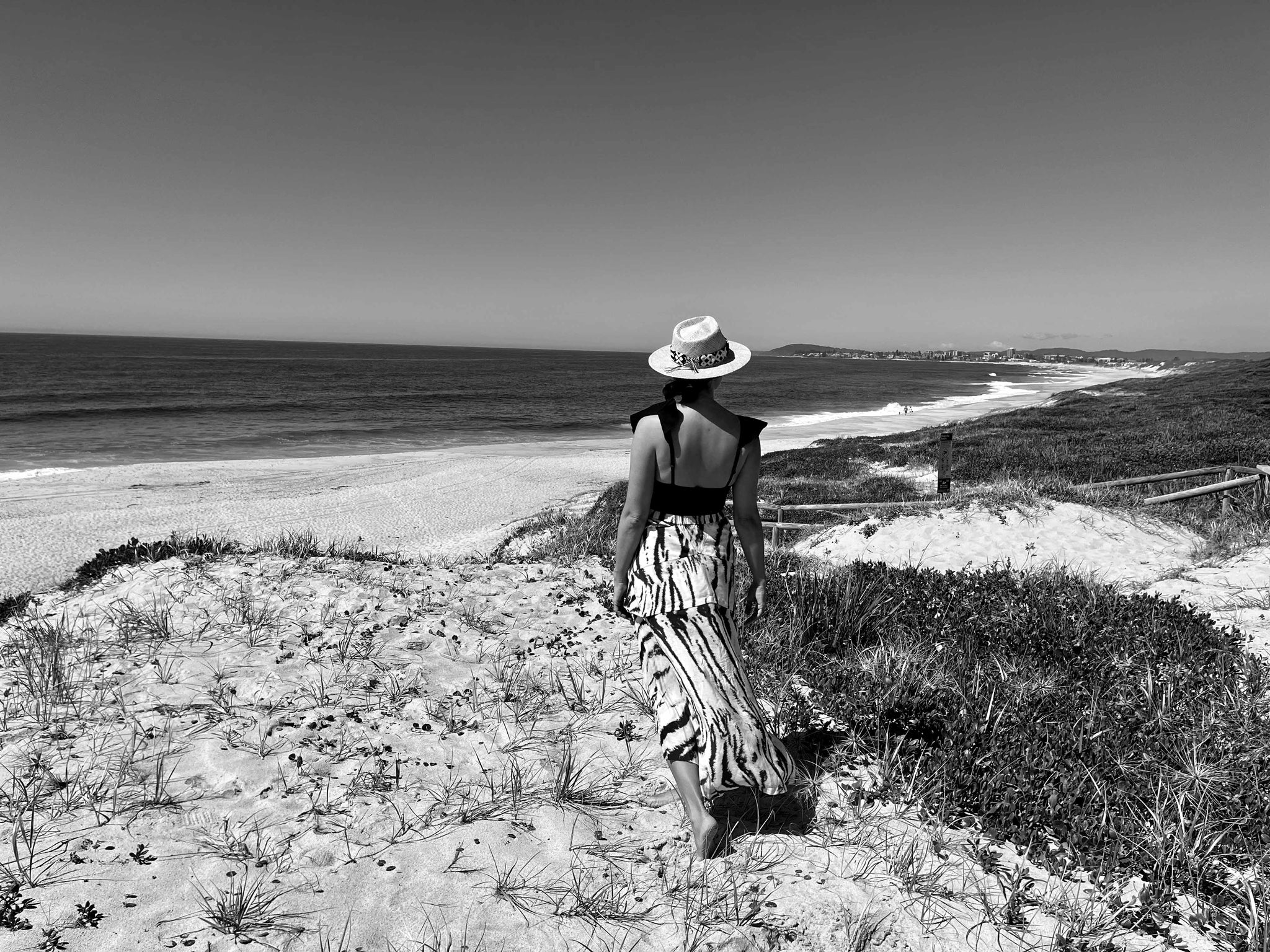KITX WOMEN: DR. LISA LAKE


DEVELOPMENT MANAGER FOR THE CENTRE OF EXCELLENCE IN SUSTAINABLE FASHION & TEXTILES


I sometimes feel like I’ve ended up here on accident – or perhaps as a result of a series of happy accidents. My entire life I’ve loved wearing fashion and expressing myself through clothing and style. When I learned about the devastating impacts of climate change and became an active environmentalist back in 2009, it was really difficult to find fashion that suited my style and my newfound ethics. I wrote and published a book called Sustainability with Style in 2012 about learning to live as an environmentalist without losing my sense of self, and as a result I met the most passionate and inspiring sustainable fashion pioneers in Australia. Some of us formed Clean Cut, a group that brought a sustainable fashion runway to Sydney’s fashion week for the first time in 2014 and hosted panel sessions in 2015-2017. I also embarked on a PhD at the University of Sydney where I studied the Australian fashion market, its transition toward sustainability, and consumer behaviour relating to fashion and sustainability.
I find it much easier now to maintain my love of design and dress for my authentic self than I did when this journey began. Partly because there are more sustainable fashion labels available, but mostly because I’ve become more confident in my style, what suits my body, and what suits my lifestyle. I don’t buy a large quantity of pieces, but rather invest in the pieces that truly bring me joy and confidence and complement my existing wardrobe; then I make sure to properly care for them and proudly re-wear them. There is no more guilt for me when it comes to buying and wearing fashion, but rather confident delight knowing I’m supporting a sustainable transition and dressing the way I want.




The Centre is in the process of developing its first short course, tentatively titled Fashion and Sustainability 101, to provide a general uplift in sustainability knowledge for the industry so that we can all work together from a solid foundation of shared understanding. This will cover things like understanding material impact, establishing a traceable supply chain, circular design principles and new technologies that can aid sustainable production. Following this course we will be introducing more specialised training for those who want to deep dive into particular areas.
In addition to our educational offerings, the Centre of Excellence is developing a research program. First will be the introduction of a seamless knitting machine, which enables zero- and low-waste knitwear production. So not only will there be a course that will teach designers how to design for this type of equipment, there will be academic research focused on using this type of advanced manufacturing in Australia. Some other work will involve trialling new materials to aid the transition away from petrochemical-based synthetic fabrics to those that adhere to Earth Logic principles.
Overall, the aim of the Centre of Excellence is to grow the capacity of the Australian fashion industry for a sustainable future, and all our work will align with that mission.

I agree collaboration is key! The problems we are addressing are enormous and complex, and we can’t expect any one entity to solve it alone. The Centre itself is the product of radical collaboration, being founded by TAFE NSW and UTS – two institutions that traditionally compete for undergraduate fashion students working together to reshape the future of the industry. Over the past year in developing the Centre of Excellence I have had the privilege to connect with a wide range of industry professionals, and can honestly say each time we come together as a group it is insightful, honest, kind, proactive and (of course!) inspiring. While the fashion industry has a reputation for being cutthroat and competitive, at the frontline of sustainability work it is anything but. Of course, fashion brands need to be competitive to stay in business, but when there are opportunities to collaborate for industry-wide change, most businesses rise to the occasion. I’ve always said the best part of working for the environment is working alongside likeminded, passionate individuals, and it continues to be true.

In this time of climate and humanity crises (since human rights abuses are still rife throughout many fashion supply chains) we all have a role to play, and we all must be acting with urgency. While I do believe consumer education is important, particularly as we see the fast fashion phenomenon continue to grow exponentially, I firmly believe in supporting the industry through this sustainable transition as a matter of priority. Consumers are increasingly aware of fashion’s impacts, but it is not always clear to them what to do about it, and too often messages of guilt or blame are placed upon consumers, leading to a helpless feeling. In my own research I found that customers, even the most well-meaning, placed comfort, convenience, accessibility, style and lifestyle needs above sustainability. As an industry we need to do everything possible to make sustainable fashion consumption the easiest mode of fashion consumption. How we do this is incredibly complex and requires not just industry education, but revolutionary tactics to change the way fashion is designed and produced to address all environmental and social impacts of fashion. While there will no doubt be further consumer education required as these new ways of creating fashion are adopted, for now I’m keeping my attention on the industry, working together to create the revolutionary change these times are crying out for.



DR. LAKE IS WEARING OUR AW22 ENDANGERED GIRAFFE DRESS & TIGER SKIRT
Leave a comment
Comments will be approved before showing up.







